Red delicious apple tree pollination is a process that takes place both during the planting of seeds and during the reproduction of plants. Pollen grains are moved from the male members of the plant, also known as flags, to the females of the same plant as the females or to other plants during this process. In point of fact, the transfer of pollen grains from the male anthers of a plant to the female stigmas of that same plant is referred to as self-pollination, whereas the transfer of pollen grains from the male anthers of one plant to the female stigmas of another same-sex plant is referred to as metamorphosis. Both of these processes are referred to as self-pollination. You can carry out this process either directly or indirectly.
Let’s see what pollination is? Pollination is an essential process in plants, the end goal of which is reproduction. During pollination, pollen grains are transferred from the male stigma to the female flagellum. Although plants do not possess the ability to move, they are still considered to be living beings because they are able to move from one location to another in order to reproduce sexually or find a mate. As a result, their capacity for reproduction is restricted, and it is accompanied by difficulties. In order to draw attention to the organisms that are responsible for pollination, they use substances that are sticky or smell and colors that are unique. Plants are able to reproduce and pass on their genes to their offspring through this process.

Do red delicious apple trees need a pollinator
Delicious red apple that comes in the shape of a heart and has bright red stripes on the skin. There are over 2500 cultivars of these apple trees in North America. This particular variety of apple was given its name in 1892, when the proprietor of a commercial nursery tried it and exclaimed that it was “delicious.” Information Regarding the Red Delicious Apple Learns more about the Red Delicious apple tree and how it grows in your landscape if you enjoy the flavor of Red Delicious apples and appreciate their unique flavor profile. The consumers and the producers can both benefit greatly from having access to this general information. Red Delicious trees can grow to be anywhere between 10 and 25 feet (three to eight meters) tall and 12 to 15 feet (four to five meters) wide. When it begins producing its pinkish-white flowers at the beginning of the season, it takes on a more alluring appearance. It is a deciduous tree, meaning that it loses its leaves in the autumn, which is the best time to prune it. Apple trees in general are deciduous.
The flavor of the fruit is sweet and not overpowering at all. Apples are versatile fruits that can be put to a number of different uses thanks to their extended shelf life, but they are at their best when consumed fresh or in baked goods. Instructions on how to cultivate delicious red apple trees is essential for healthy trees and fruits to receive the appropriate care for delicious red apples.
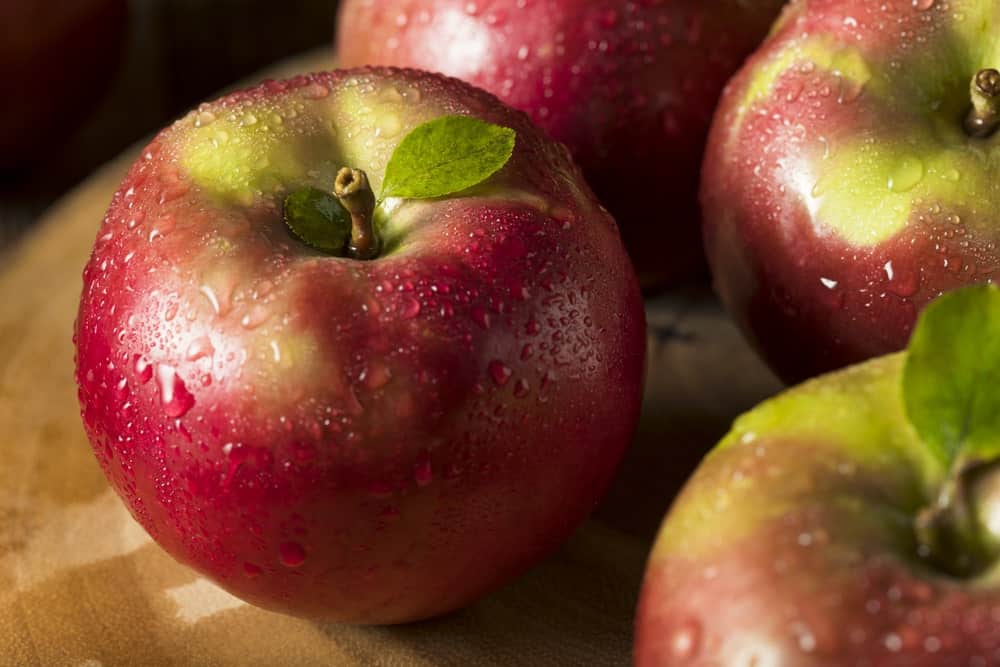
Are red delicious apple trees self pollinating
Do I need a male or female apple tree to produce apples? Do red delicious apple trees have self pollinating? Apples are grown in all states of the Americas, with Washington, California, Michigan, New York, Virginia, and Pennsylvania have the highest yields. When growing your apples, you do not have to worry about whether you need male or female trees, but which apple tree pollinates your tree.
- Pollinator: Apple trees themselves are considered incompatible, meaning that they need at least one other species of apple tree to help with pollination. Growers should choose a cultivar that pollinates at the same time as the main apple tree.
- Save space: For growers with limited space, nursery trees are available that include several compatible species transplanted into one tree, eliminating the need to plant multiple trees. Growers can also graft to introduce new varieties or pollinators or propagate certain varieties of apples, as fruit trees do not grow like seeds.
- Flowering date: The flowering date of the pollinator tree and the tree you want to pollinate must overlap. Apple trees usually bloom early, mid-season or late season. Also, some varieties have overlapping flowering seasons. Enterprise, for example, flourishes in the middle and end of the season.
- Pair: Anna and Dorset Golden Blossom at the same time. Other varieties with the same flowering time can be pollinated, including Jerseymac, Ginger Gold, Gala, Mollie’s Delicious, Red Delicious, Fuji, Mutsu, Yates and Granny Smith. In addition, Priscilla, Ozark Gold, Golden Delicious, Jonagold, Rome Beauty, Steamon and Black Arkansas flourish together. According to the North Carolina Cooperative Development, some species, such as Winesap, Mutsu, Jonagold, and Stayman, produce sterile pollen and should never be used as pollinators.
- Pairing disease resistance Species that offer disease resistance and good pollination are available. Apple peel-resistant varieties include Enterprise, Goldrush, Gala and Golden Delicious, all of which pollinate each other. Early pollination with Williams Pride, Redfrey, Johnfrey and Liberty. Jonafree is pollinated with Goldrush or Enterprise. Pride, Redfrey, and Liberty Williams are pollinated with medium or late flowering species.
- Selection tree: The choice of apple tree varieties and species should be appropriate to the conditions of your site, soil, and hardy area, but many other characteristics may guide your choice, such as the type of apple produced and the time of ripening, tree resistance to disease, quantity. Maintenance of the tree, whether it is a standard tree or a dwarf, as well as the base and strain, are required.
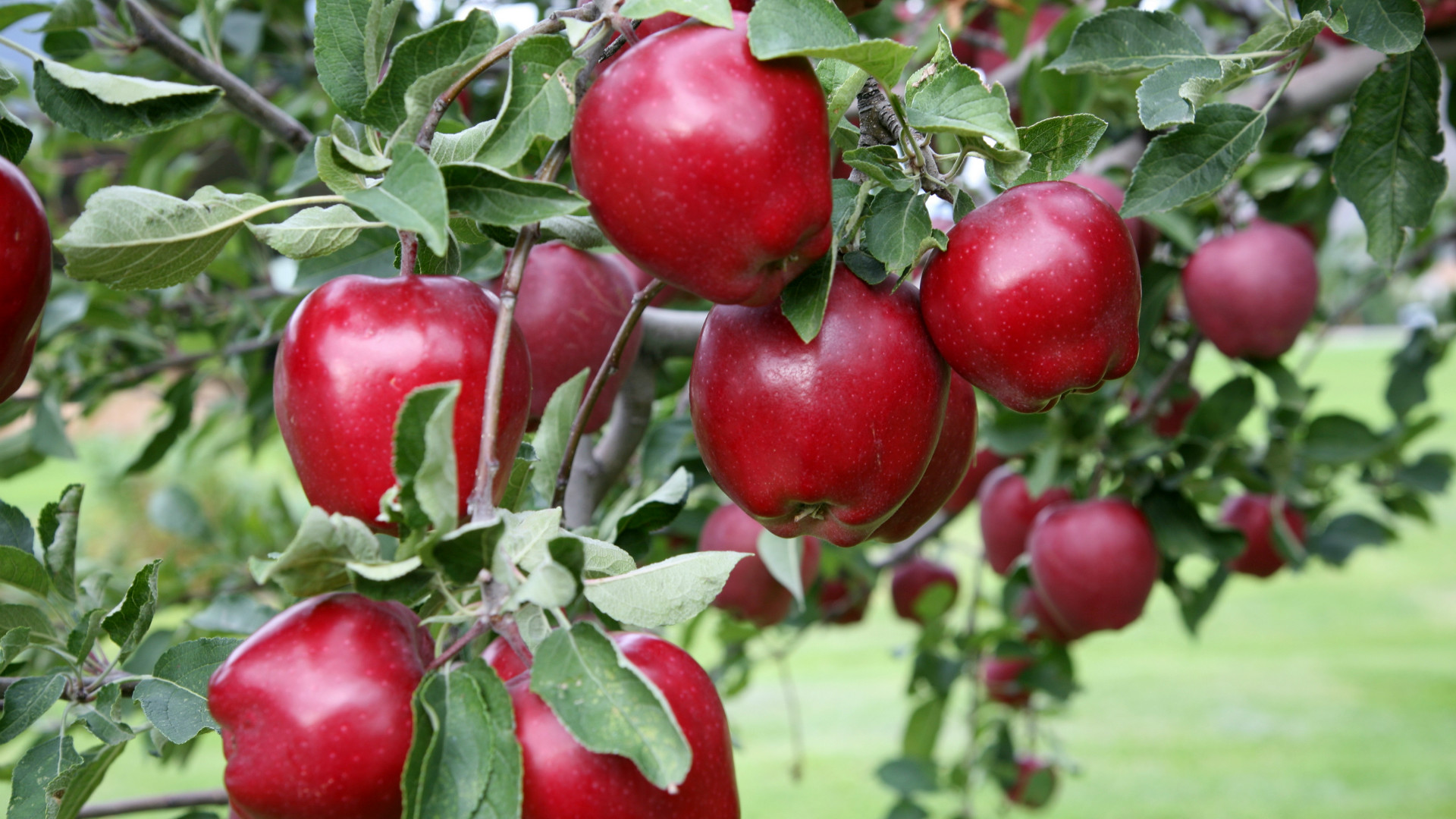
What pollinates a red delicious apple tree
You know What pollinates a red delicious apple tree that gives us such a great fruit? There is nothing better than biting your teeth on a homemade juicy apple. First ,a crunch while piercing the skin, then a cool, fragrant paste – all surrounded by sweet, nectar-like flavors. But beyond the obvious benefits of freshness, flavor, and savings, there are other compelling reasons to grow one or two trees. Supermarkets and grocery stores offer few varieties, and perhaps the biggest advantage is the availability of hundreds (maybe even thousands) of exciting options open to kitchen gardeners. No other fruit has so much tradition, folklore, and richness associated with it. Home breeders love to choose.
Autumn is a good time to order and plant new apple trees. In most places, the soil still retains the remaining summer heat, making working on the ground easier and possibly faster. it is worth explaining the sometimes confusing effect of pollinating groups on species selection. Many Apple fans are tired of the complexity of the issue. It’s a shame because it’s really simple when you know the basics.
How to pollinate red delicious apple trees
Why is it so important for apples like red delicious trees to pollinate each other? How has it become so important? Pollination is a process that is crucial to the development of robust and healthy ecosystems. One in every three bites you consume is influenced by the pollinator in some way. Do you know which plants cannot survive without being pollinated? Peaches, pears, plums, cherries, alfalfa, blueberries, vanilla, tomatoes, kiwi, figs, coffee, strawberries, raspberries, lemons, lemons, kumquats, grapes, peas, and cocoa. Apples, almonds, oranges, avocados, peaches, pears, plums, cherries, alfalfa, blueberries, and vanilla.
What exactly is meant by the term “pollination,” and when does it take place? Pollination is an essential component in the reproductive process of plants. The anthers of flowers, which are the male reproductive organs of the plant, collect pollen, which the pollinator then transports to another flower, where it becomes adhered to the stigma of that flower (the female part of the plant). Because of this, the flowers are fertilized, and they go on to produce fruit as well as seeds.
A year of dedicated work is required for successful pollination. Plants have evolved to flower at different times, which has decreased the amount of competition among pollinators. Pollinators have a reliable food source throughout the growing season thanks to the nectar and pollen that flowers provide.
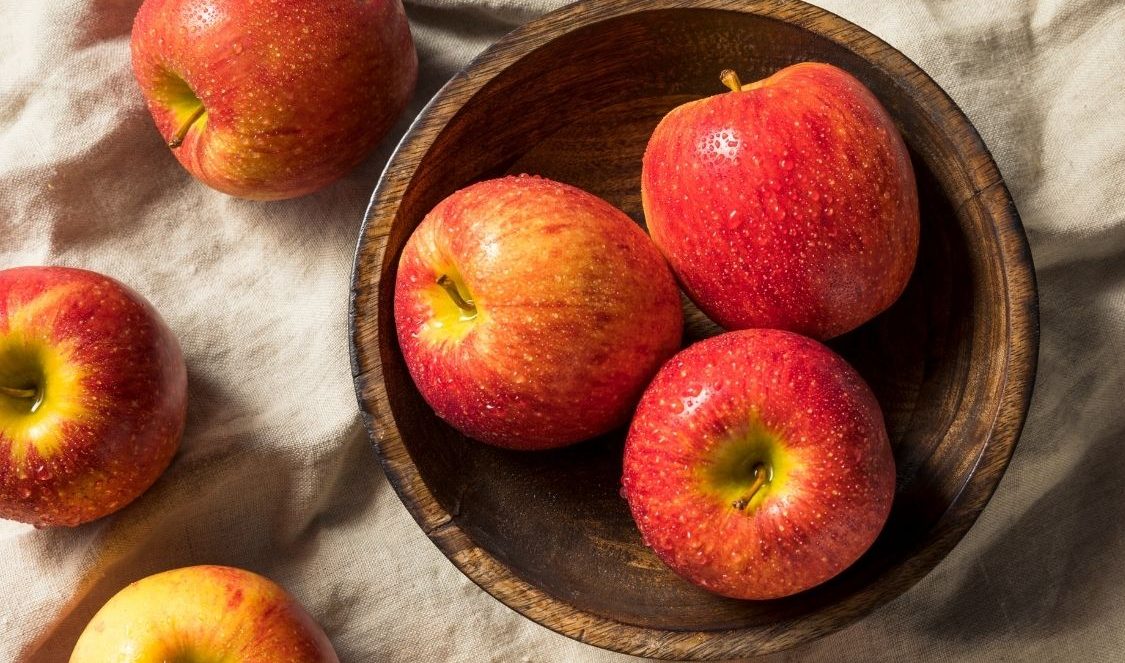
Red delicious apple pollinators
Red delicious apple Pollinators need you. You need a pollinator. Birds, bats, bees, butterflies, beetles, and other small mammals that pollinate plants are responsible for bringing us one in three bites. They also preserve our ecosystems and produce our natural resources by helping plants reproduce. Pollinators carry pollen from one plant to another, an important interaction that enables the transfer of vital genetic material to the reproductive system of most flowering plants – and that is the plant.
Brought us countless fruits, vegetables, and nuts, world’s oils, fibers, and raw materials; Prevent soil erosion, And increase carbon uptake
This almost invisible ecosystem service is a valuable resource that needs attention and support – and is increasingly endangered amid the alarming evidence that has been discovered globally. Pollination Partnership (P2) encourages you to know how the system supports you and how your actions can help support healthy and sustainable pollination. What is pollination? Pollination occurs when pollen grains move from the anther (male) to the stigma (female) of the flower. This is the first step in the process of producing seeds, fruits, and the next generation of plants. This can be done by self-pollination, water, and wind pollination, or by carriers who move pollen in and out of flower to flower.
Who are the pollinators? Birds, bats, butterflies, moths, flies, beetles, bees, small mammals and most importantly bees are pollinators. They visit flowers to drink nectar or pollen, and carry pollen grains as they move from place to place.
Why are pollinators important? Some of the many foods depend on pollinators. Between 75% and 95% of flowering plants on the earth need help to pollinate – they need to be pollinated. Pollinators provide pollination services for more than 180,000 different plant species and more than 1,200 crops. This means that out of every three bites you eat, one bite is due to their pollen. If we talk about the dollar and the tradition, pollinators add $ 217 billion to the global economy, and bees alone bring in between $ 120 billion and $ 5.4 billion in agricultural productivity in the United States. In addition to the food we eat, pollinators support healthy ecosystems that clean the air, stabilize the soil, withstand harsh weather, and support other wildlife.
What do we know about their identity? The pollinator population is changing. Many pollinators are declining, most of them due to the loss of search and nesting habitats. Pollution, misuse of chemicals, disease, and changes in climate patterns have all helped reduce and displace pollinator populations. In some cases, there was insufficient data to measure response, which was even more worrying.
How can you help? Pollinators need help, but we know how to help them! P2 scientists and research partners have been studying pollinators for more than 30 years and have been able to show that conservation techniques are effective. If everyone – homeowners, local governments, national governments, and private businesses – does that, we can change the future of pollinators and protect our future.

Red delicious apple cross-pollination
Pollen and pollination; Cross-pollination is the process of applying pollen from one red delicious apple flower to another. Pollination occurs in nature with the help of insects and wind. This process can also be done by hand to produce offspring with desirable characteristics such as color or insect resistance.
For cross-pollination, it is necessary to prepare two different roses at the same growth stages. In general, tetraploid roses are self-consistent compared to most diploid roses. To prevent the self-pollination of the selected seed parent, the anthers (anther bags) should be removed from the flower before the pollen is released. This is best done at sunrise when the flowers have one-third to one-half of their open stage. First, remove all the petals. This process allows better access to the center of the flower. Next, remove the anthers with tweezers or small scissors. If the variety selected as the parent of the seed is also used as the parent of the pollen with other flowers, the anthers can be collected in a cup and left in a dry place to mature and release the pollen the next day. After draining, the remaining buds are covered with a white paper bag to prevent unwanted pollen from reaching the stigma.

Being aware of the fertility process of apple trees is a great help and guide for you in the apple industry. Especially if you are or you want to start your business in farming and cultivating fresh apple fruits. Now you should be completely aware of the process of fertilizing apples and know how they are produced then it is no time to hesitate, make your decision, and become a great merchant for your country and this market.
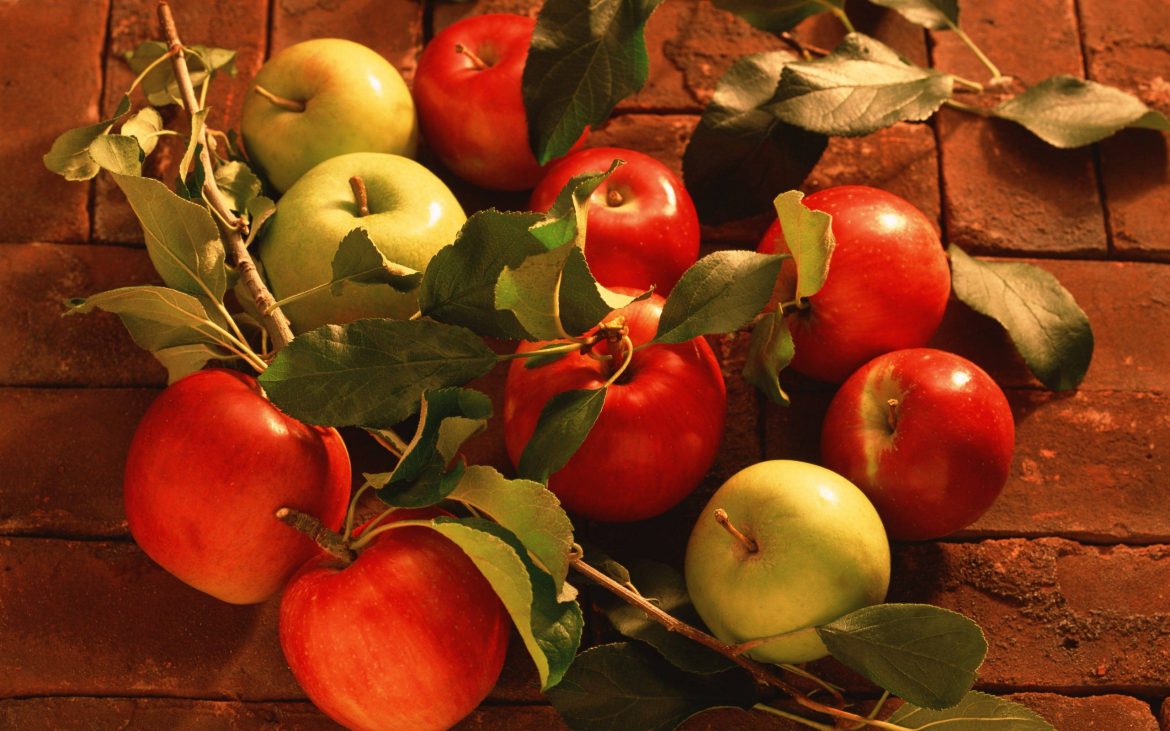

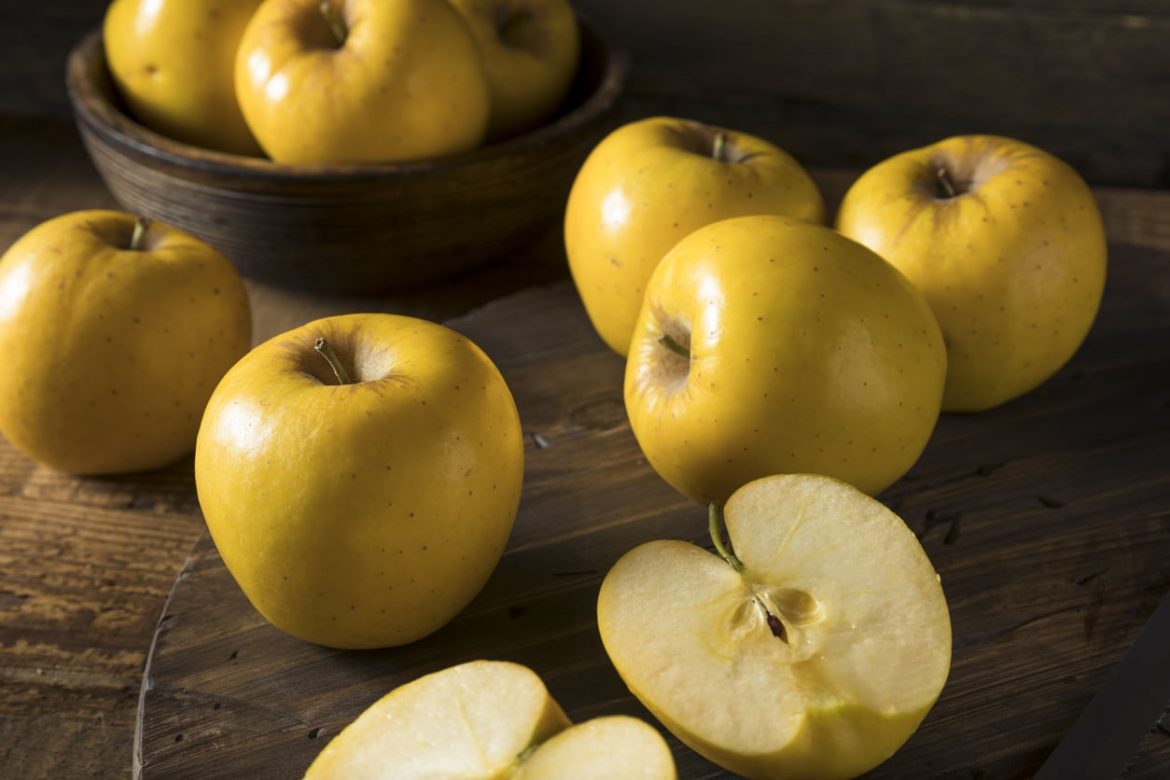

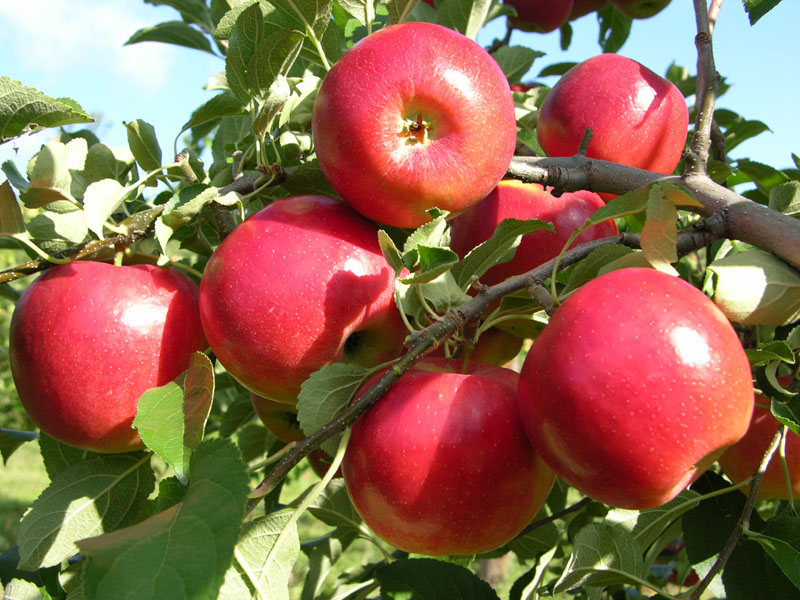


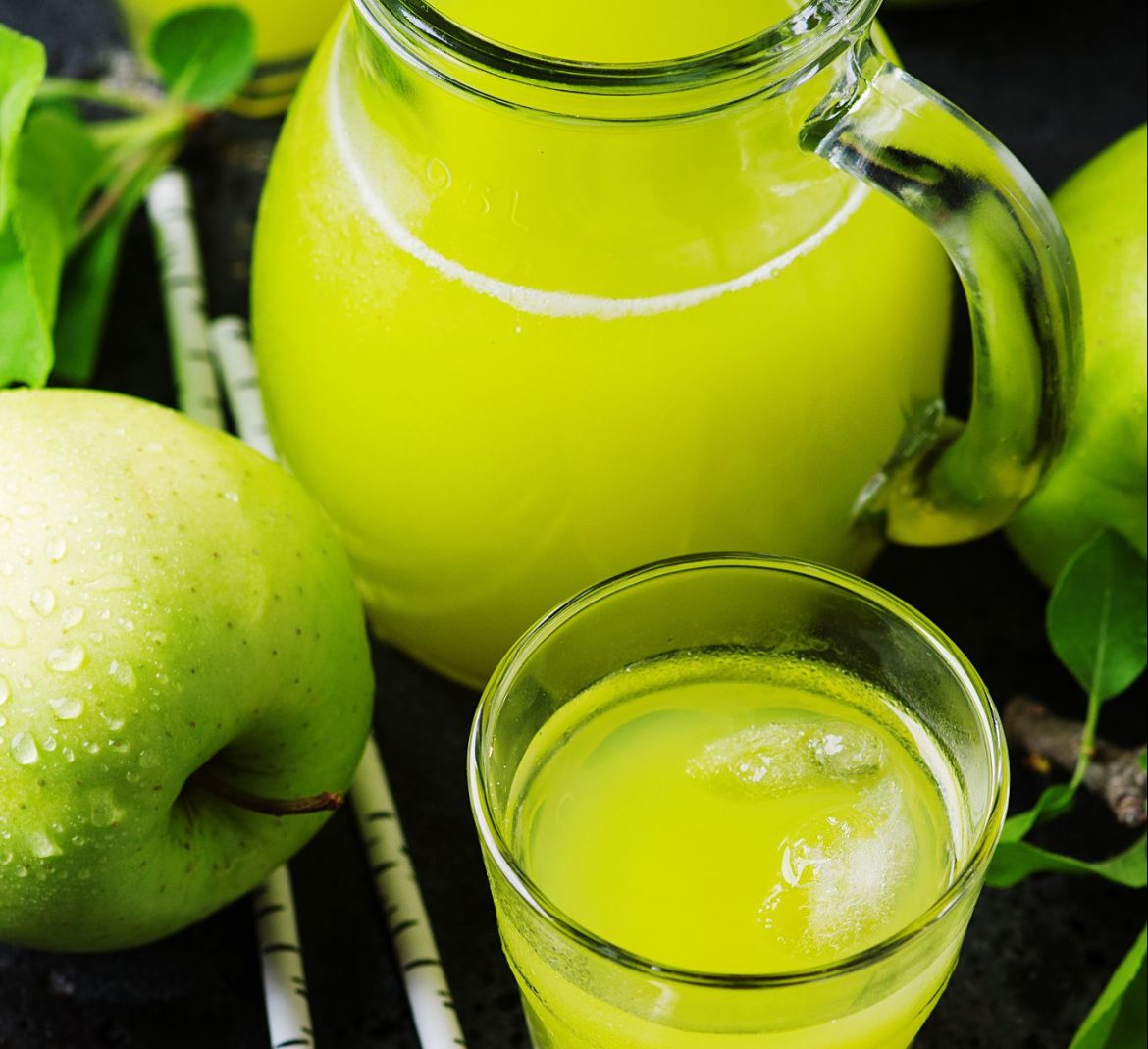
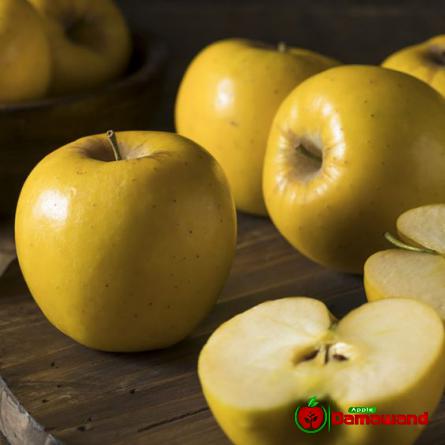
Your comment submitted.